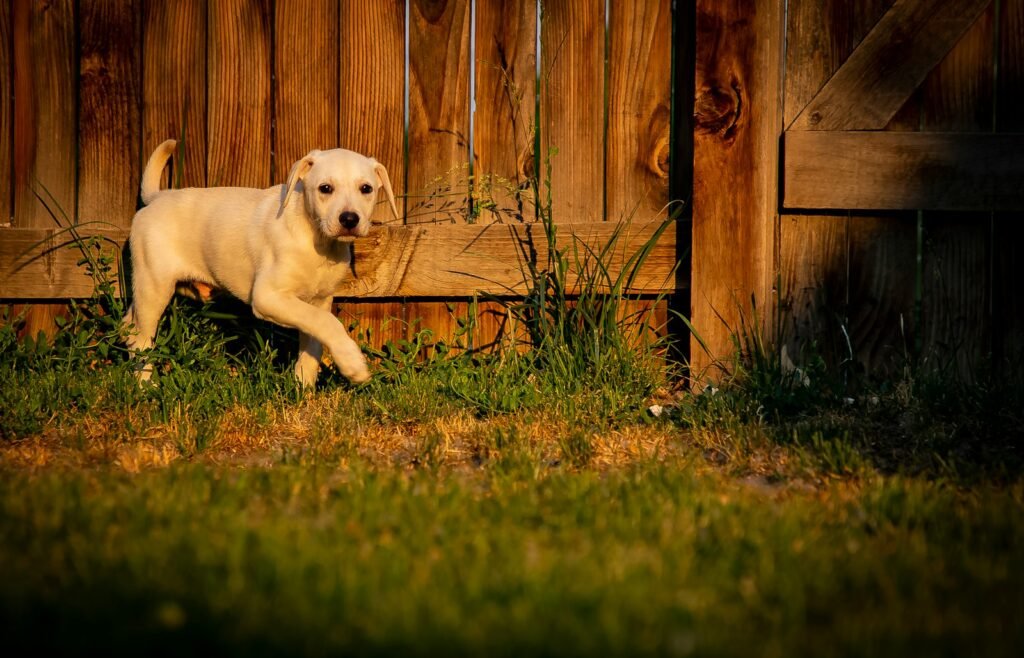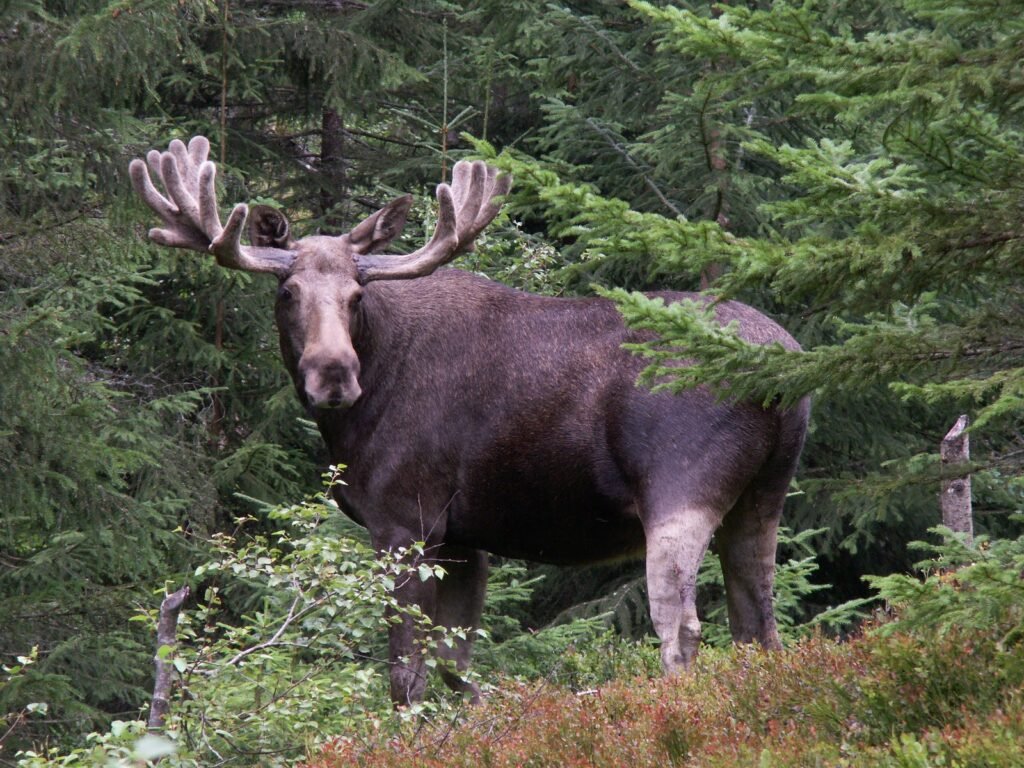California backyards look like small paradises: citrus glowing on branches, hummingbirds skimming over water, warm flagstones underfoot. Yet in this postcard scene, veterinarians see a very different map – one dotted with silent hazards that can injure, poison, or sicken the animals we love. The mystery isn’t why pets get into trouble; it’s how easily everyday choices create risk without us noticing. Scientists, wildlife biologists, and toxicologists are piecing together a new picture that blends climate swings, urban wildlife, and a surprising roster of toxic plants and microbes. The good news is that most of these dangers can be spotted and reduced once you know where to look.
The Hidden Clues
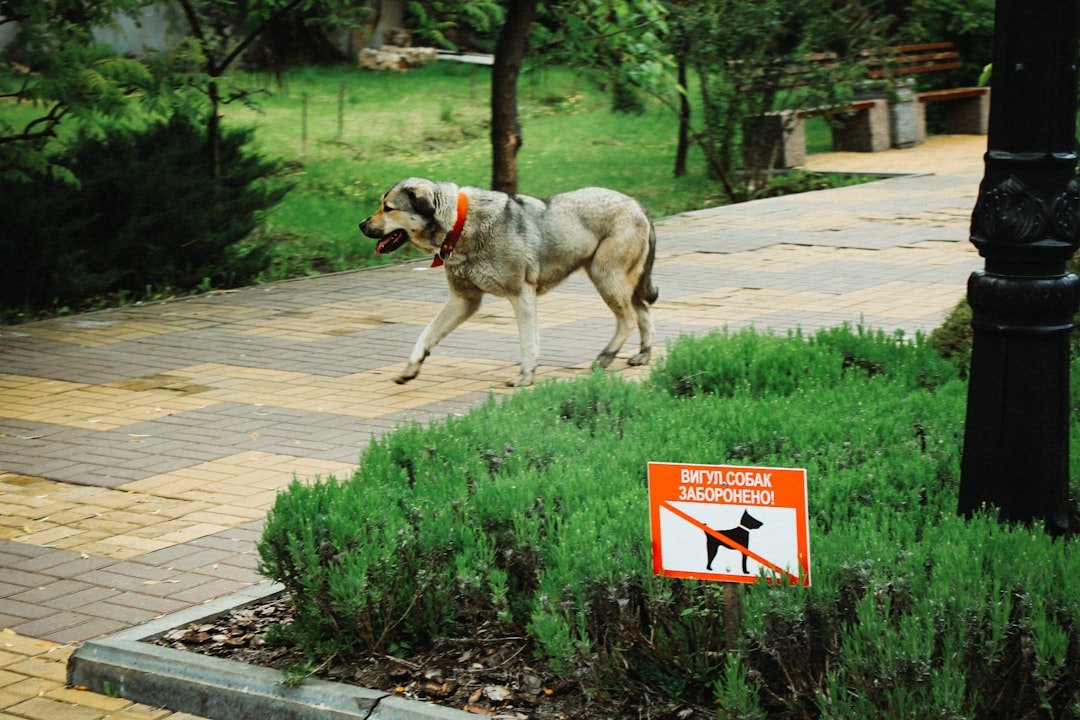
You notice the small things first: a stray pile of soil at the fence line, a sudden cough after a sprint across the lawn, a puddle that never quite clears even after the sprinklers stop. These tiny signals are often the earliest warnings that something in the yard isn’t right for pets, from foxtail awns that sneak into noses and ears to algae-laced water bowls set under a blazing sun. I learned this the sweaty way one July, when my dog bee-lined into a thicket and came out blinking, pawing his eye – an embedded grass awn that a vet had to remove.
In California’s long dry season, seed heads harden into needles, while the first autumn rains coax mushrooms from mulch overnight. A yard can shift from safe to risky in a week, and the clues are subtle unless you’re looking for them. The trick is to read the landscape the way a dog does – with your eyes scanning edges, corners, shadows, and the places where water lingers.
Toxic Botanicals at the Fence Line
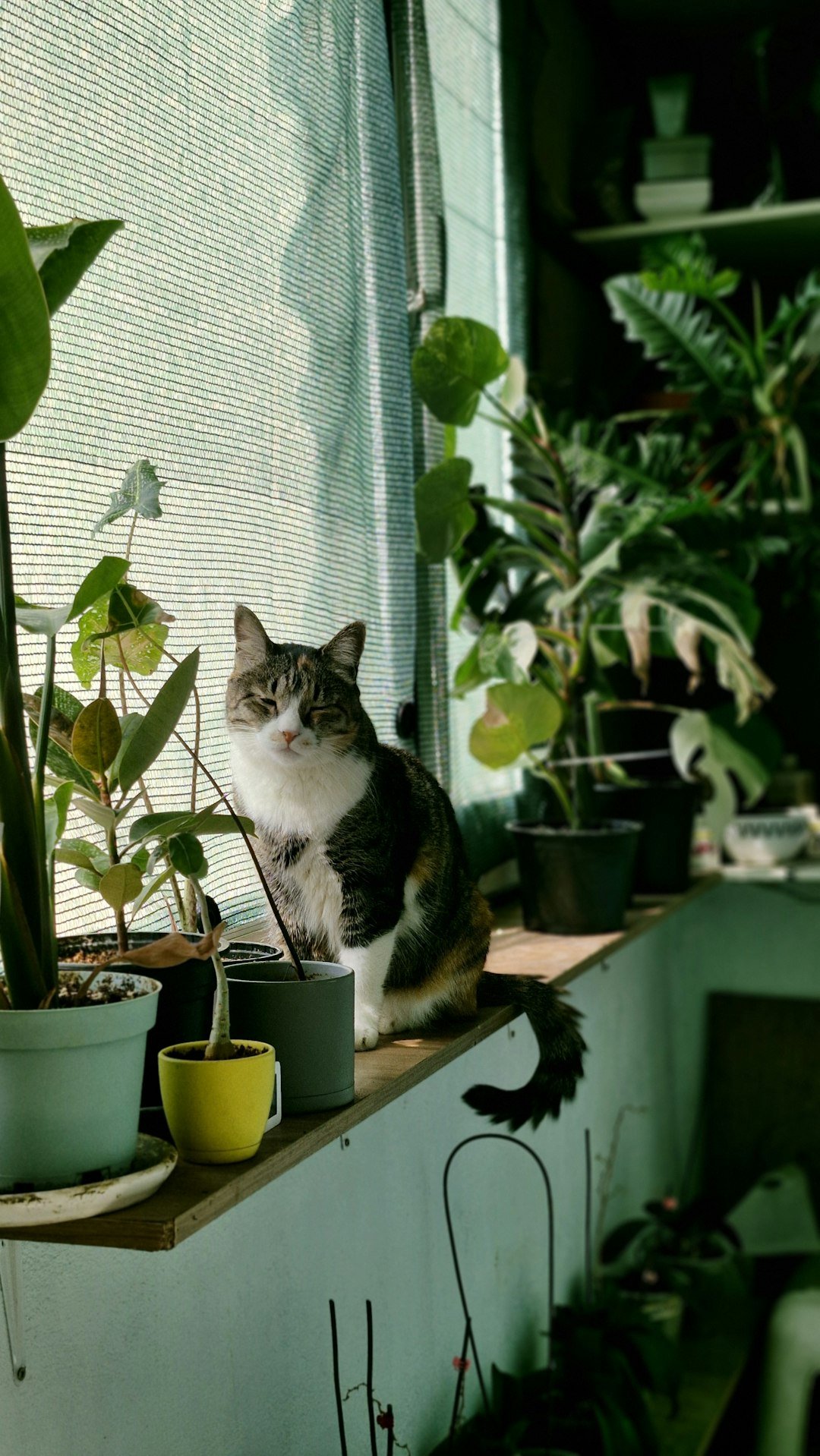
Some of California’s prettiest ornamentals carry potent chemistry that pets can’t handle, and the risk rises when leaves, flowers, or seeds drop where animals sniff and chew. Oleander remains a headliner; every part of the plant is dangerous, and hedges along driveways shed blossoms that stick to damp snouts. Castor bean grows fast and dramatic, yet its large seeds contain a notorious toxin that belongs nowhere near a curious dog. Foxglove spikes look storybook-beautiful, but compounds in the plant can derail a heartbeat in ways a family won’t see until it’s urgent.
Sago palm, popular in warm microclimates, poses a serious threat if a pet gnaws the nut-like seeds, and grapevines draped over pergolas create a double hazard because grapes and raisins can trigger kidney trouble. The rule of thumb is almost boring in its simplicity: identify the plants you have, remove or fence off the most hazardous species, and rake frequently so pets don’t find toxic bits at ground level.
Quiet Chemistry and Hidden Microbes
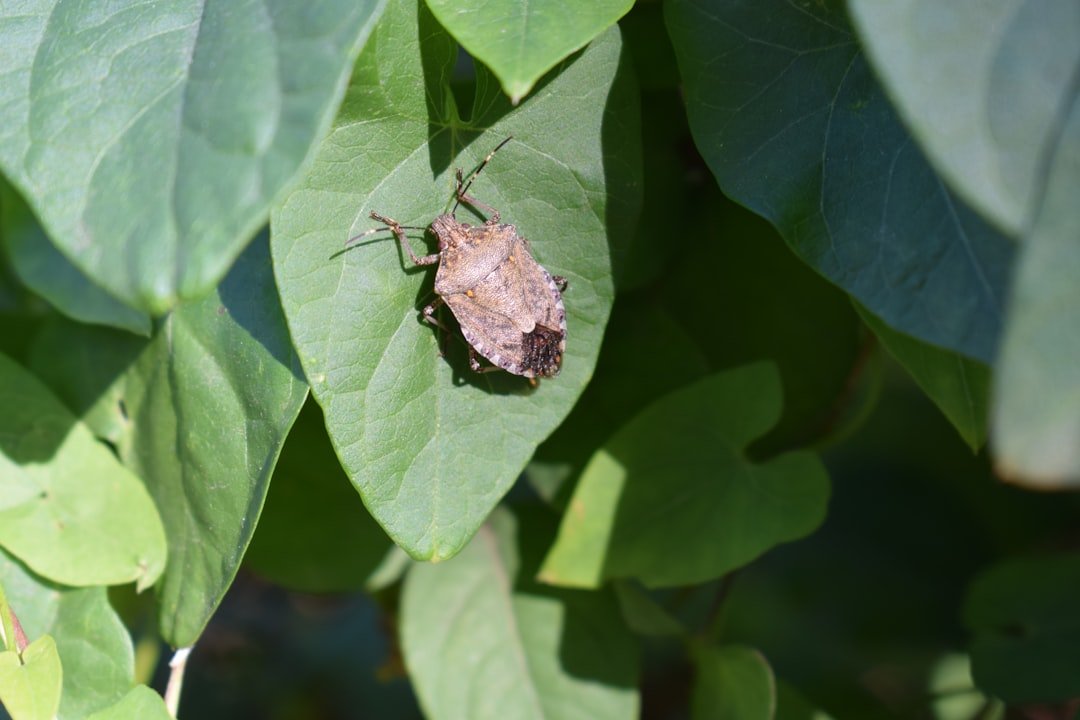
Beyond plants, the products and microorganisms we invite into our gardens can quietly become the bigger story. Slug and snail baits that rely on metaldehyde may stop mollusks, but they can send dogs into tremors if pellets are licked from wet patios; switching to pet-safer options like iron phosphate is a small but powerful pivot. Some rodent baits cause internal bleeding that isn’t obvious until it’s severe, and they don’t just endanger pets but also the predators we want around, like hawks and owls that scavenge poisoned rodents. Fertilizers blended with bone or blood meal smell irresistible, leading dogs to dig and swallow clumps, while cocoa-husk mulch brings a chocolate-like aroma with its own risks.
Then there’s the living layer: compost bins and lawn clippings can breed molds that produce tremor-causing toxins, and shallow fountains or bowls can host blue-green algae that makes pets violently ill after a single gulp. If water is warm and still or organic matter smells sweetly off, assume the invisible chemistry is shifting against you.
Wildlife at the Edges
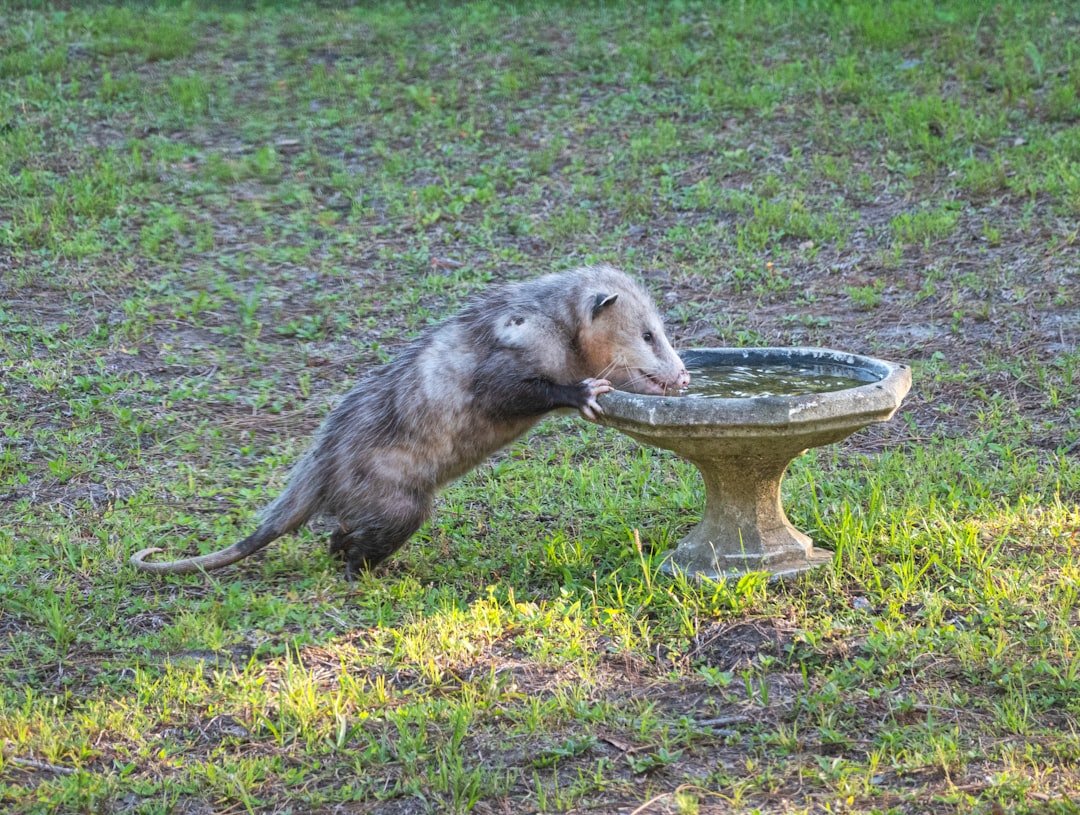
California suburbs are stitched into wild country, and pets meet that reality at dawn and dusk when coyotes, bobcats, and raccoons make the rounds. Coyotes slip through gaps in fences and follow scent trails left by pet food or unsecured trash, turning a yard into a predictable stop on a nightly route. Rattlesnakes bask on stone borders in spring and fall, and a surprised dog can land a bite before a rattle ever sounds; regional training classes that teach dogs to avoid snakes genuinely reduce encounters. Tiny threats matter, too: fleas and ticks ride in with neighborhood wildlife, while mosquitoes breeding in saucers and clogged gutters can transmit pathogens that vets watch for each warm season.
An underappreciated hazard is the foxtail, a barbed grass seed that can migrate from a paw into deeper tissues, disappearing under the skin and causing infections that stump families until imaging reveals the culprit. The safer yard is less buffet, more fortress: clean lines, tight fences, and zero incentives for night visitors.
Global Perspectives
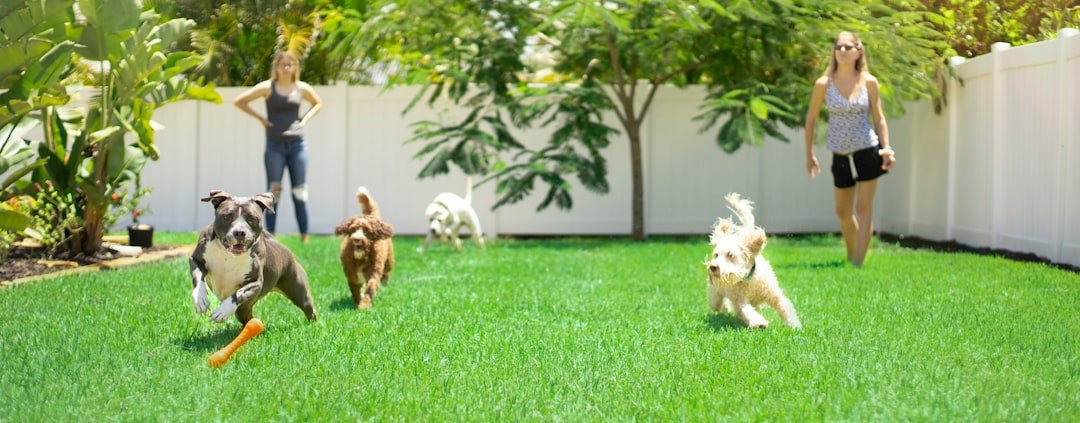
What’s unfolding in California is part of a broader pattern seen in other Mediterranean-climate regions that blend heat, drought, sudden storms, and dense cities. In southern Australia and parts of the Mediterranean Basin, similar ornamental choices – oleander, castor bean, foxglove – create backyard risks that mirror those in Los Angeles or the Bay Area. Chile’s central valleys face the same yo-yo seasons, where long dry spells drive hardy weeds and then a burst of mushrooms after rain, catching pet owners off guard. Urban wildlife everywhere is adapting to lights, lawns, and leftovers, bringing predators and scavengers a little closer to back doors each year.
Climate pressure is the common denominator, nudging vectors like mosquitoes and ticks to expand or shift their seasonal peaks and making harmful algal blooms more frequent in small ponds and fountains. California isn’t an outlier but a revealing case study of how modern yards evolve as mini-ecosystems under stress.
Why It Matters
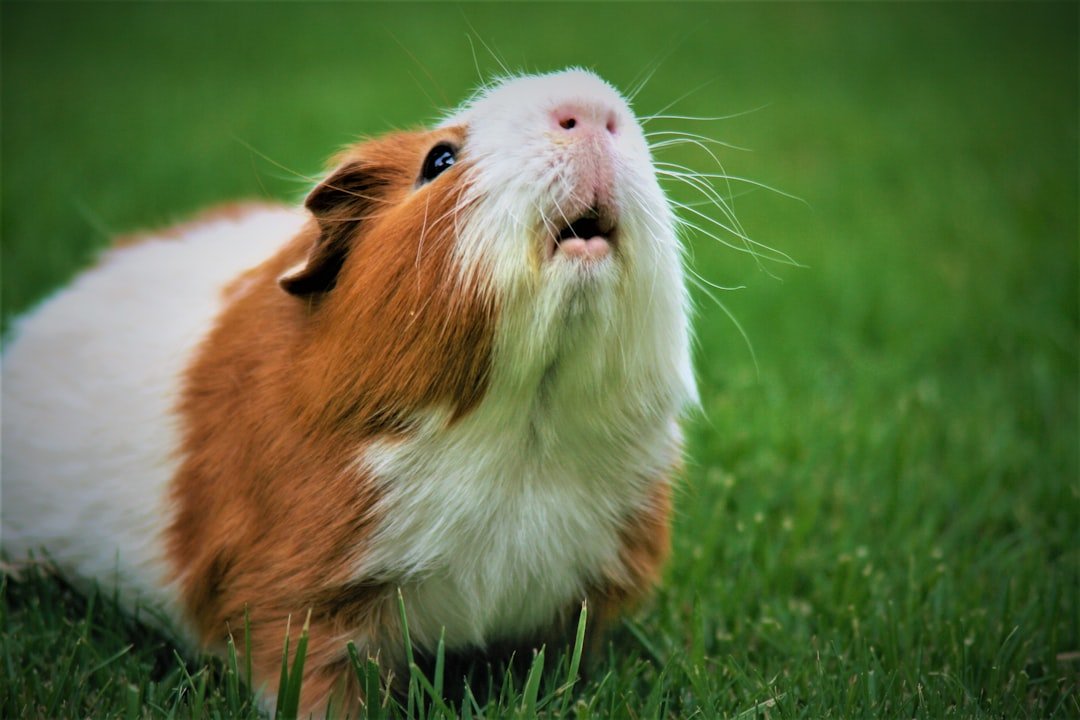
This isn’t just about avoiding a midnight emergency vet visit, though that alone would argue for caution; it’s also about how our backyard choices ripple through larger ecological networks. When pets encounter poisons meant for pests, the same substances can climb the food chain into raptors and wild carnivores, weakening the natural rodent control we rely on without paying attention. Pathogens that circulate in warm puddles, soil, or wildlife can jump species, making the yard a tiny but real interface between human, animal, and environmental health.
Vets and wildlife hospitals see these threads converge: the coughing dog with a foxtail in the lung, the owl with internal bleeding after eating a poisoned rat, the raccoon shedding parasites in a shared greenway. Traditional advice – mow, rake, fence – still matters, but a more modern lens folds in water quality, microbe-laden organics, and the neighborhood’s night shift. Thinking of your yard as habitat, not scenery, changes the calculus in a way that protects pets and supports the wildlife we actually want.
The Future Landscape
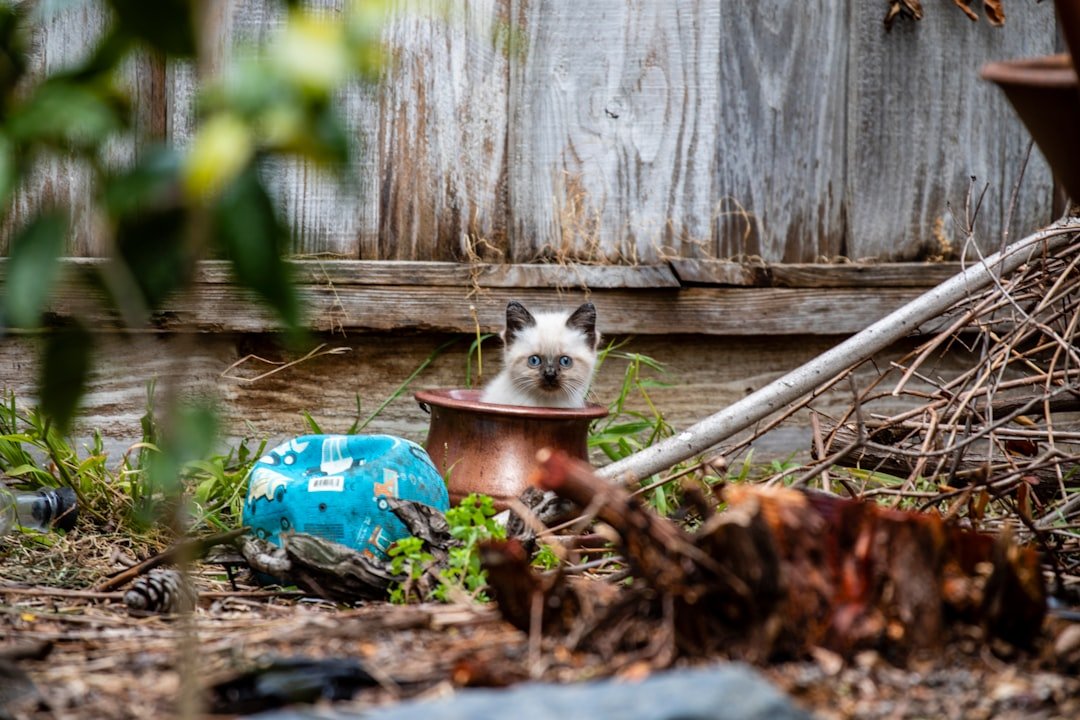
As California toggles between heat waves, atmospheric river storms, and long dry spells, the backyard risk map will keep redrawing itself. Warmer nights help mosquitoes breed faster, and intense rain events can load gardens with nutrient-rich runoff that fuels algae in birdbaths and fountains. Expect a rise in tech-forward solutions: AI-enabled cameras that flag coyotes in real time, smart irrigation that avoids standing water, and plant-identification apps that warn about toxic species before they ever go in the cart. Veterinary care is shifting, too, with clinics leaning on point-of-care diagnostics to detect toxins earlier and preventive training programs that teach dogs to avoid snakes and bait scents.
Cities are experimenting with wildlife-smart waste rules and integrated pest management to cut the need for broad-spectrum poisons, a move that protects pets alongside hawks, owls, and bobcats. The yard of tomorrow will likely be less ornamental and more intentional, designed as a living system that keeps the chemistry, the critters, and the water on the right side of safe.
Conclusion
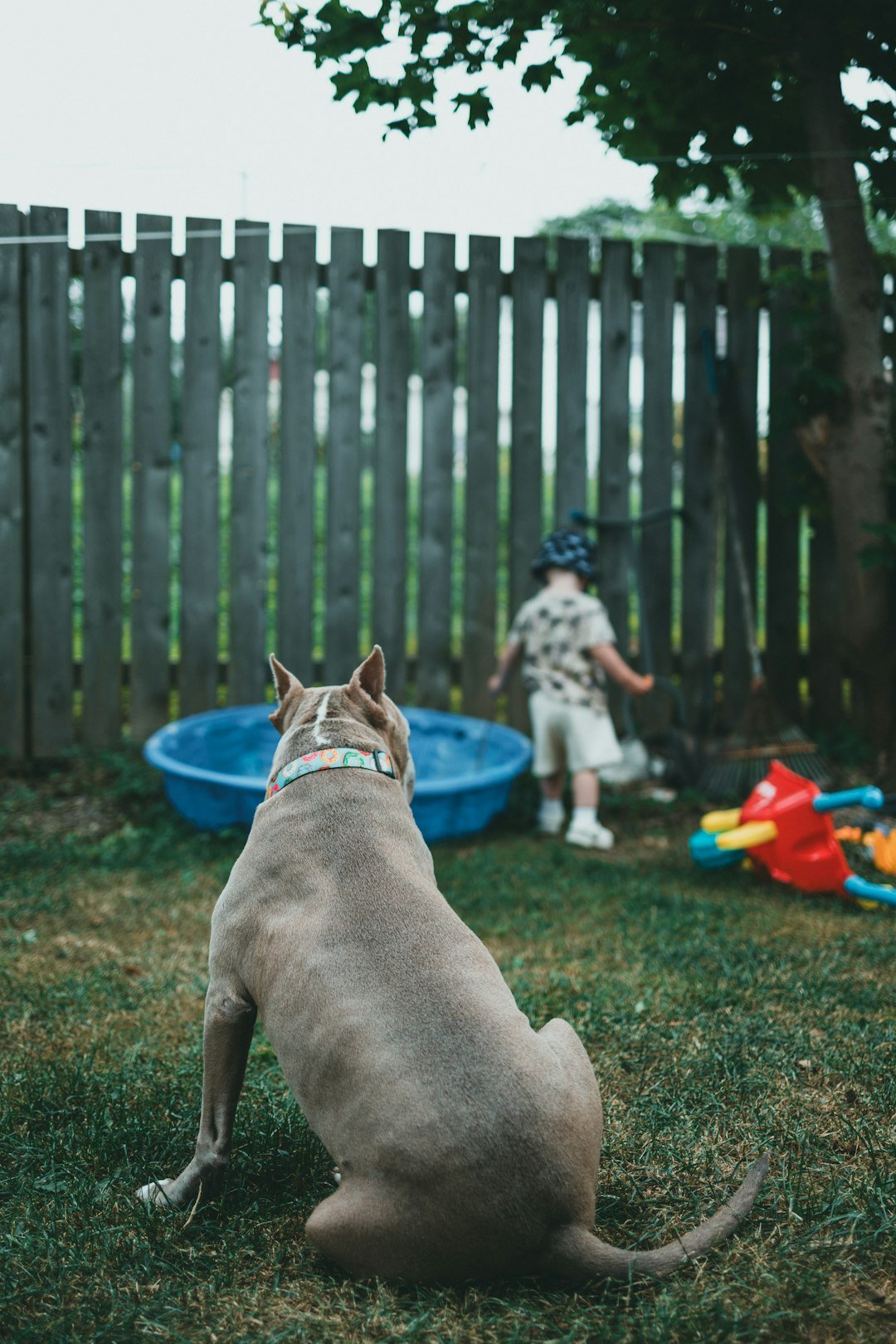
Walk your yard this week as if you were your pet – nose to the ground, eyes in the corners, following smells and shade – and list anything that looks delicious, wet, or mysterious. Pull or fence off known toxic plants, swap risky baits for pet-safer alternatives, and keep water moving or freshly changed so it never goes warm and still. Trim seed-heavy grasses before they harden, bag yard waste that grows moldy, and lock compost where curious noses can’t reach it. Close the buffet: feed pets indoors, secure trash lids, and use tight lattice or fine-mesh gaps to blunt wildlife entry points.
Ask your vet about regional risks this season and consider snake-avoidance training, heartworm prevention, and a tick plan that fits your microclimate. You don’t need a perfect garden to keep animals safe – just a watchful one that treats the backyard as living habitat rather than background décor; will you take that walk today?

Suhail Ahmed is a passionate digital professional and nature enthusiast with over 8 years of experience in content strategy, SEO, web development, and digital operations. Alongside his freelance journey, Suhail actively contributes to nature and wildlife platforms like Discover Wildlife, where he channels his curiosity for the planet into engaging, educational storytelling.
With a strong background in managing digital ecosystems — from ecommerce stores and WordPress websites to social media and automation — Suhail merges technical precision with creative insight. His content reflects a rare balance: SEO-friendly yet deeply human, data-informed yet emotionally resonant.
Driven by a love for discovery and storytelling, Suhail believes in using digital platforms to amplify causes that matter — especially those protecting Earth’s biodiversity and inspiring sustainable living. Whether he’s managing online projects or crafting wildlife content, his goal remains the same: to inform, inspire, and leave a positive digital footprint.

